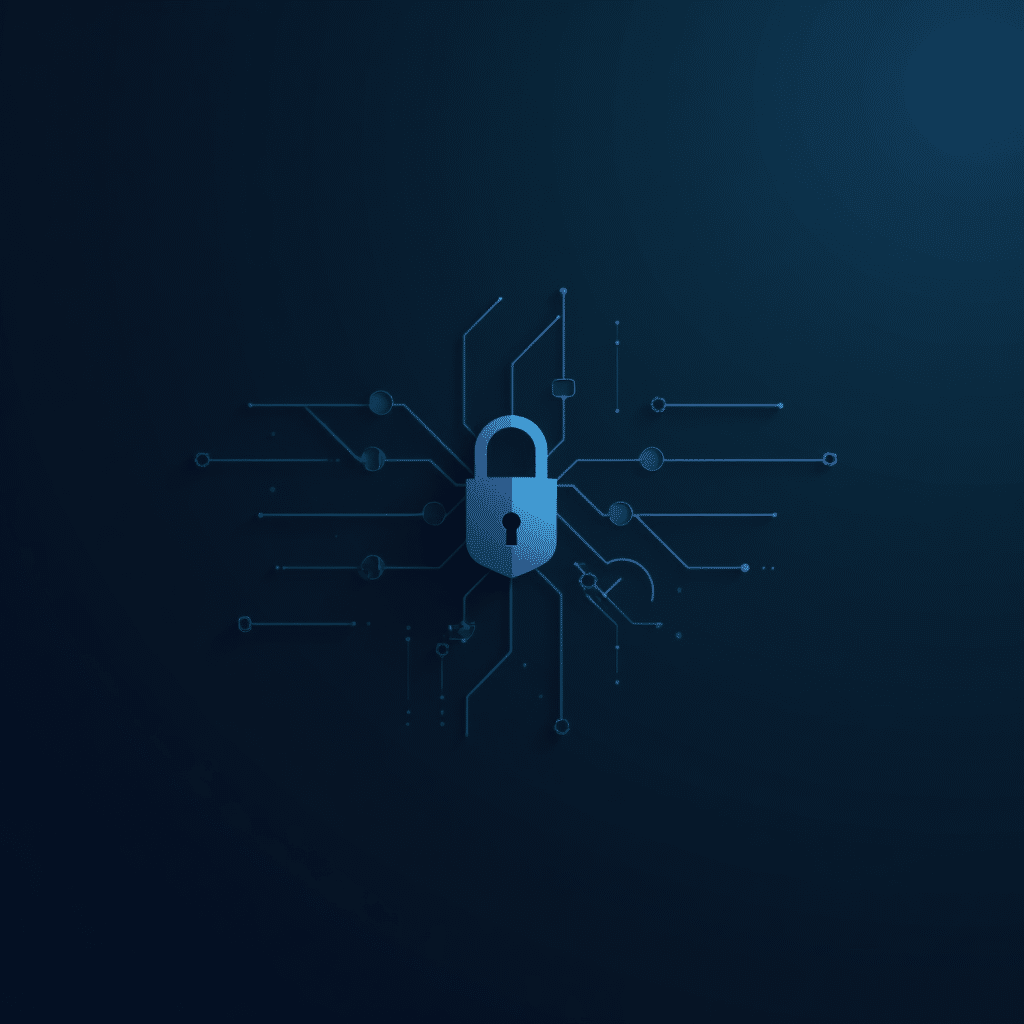The Role of Zero-Trust Architecture in 2025’s Security Landscape
As we navigate the complex cybersecurity terrain of 2025, the zero-trust architecture has emerged as a cornerstone of modern security strategies. By understanding its core tenets and its practical applications, security professionals can better prepare their organizations for the cybersecurity challenges of tomorrow.
That’s why we aim to explore how zero-trust principles have evolved and why they remain crucial in addressing the ever-changing threat landscape.
The evolution of Zero-Trust
From Perimeter-Based to Identity-Centric
In the past, organizations relied heavily on perimeter-based security models, focusing on fortifying the network’s outer defenses. However, the dissolution of traditional network boundaries due to widespread cloud adoption, the surge in remote work practices, and the explosive growth of IoT device proliferation has rendered this approach obsolete and increasingly vulnerable. Zero-trust architecture, with its fundamental “never trust, always verify” mantra, has emerged as the new norm, offering a more robust and adaptable security paradigm for the modern, distributed digital landscape.
AI-Driven continuous authentication
By 2025, zero-trust models would have incorporated advanced AI algorithms for continuous authentication, revolutionizing the way security systems operate. These sophisticated systems analyze a comprehensive set of factors, including user behavior patterns, device health, network conditions, and contextual information in real-time. By leveraging machine learning and deep neural networks, these AI-driven systems can detect subtle anomalies and make highly accurate, dynamic access decisions. This approach enhances security and improves user experience by reducing false positives and adapting to legitimate changes in user behavior over time.
Key components of Zero-Trust
- Identity-Aware Proxies: Acting as intelligent checkpoints, these proxies verify user identity and device posture before granting access to applications.
- Micro-Segmentation: Networks are divided into small, isolated segments to contain potential breaches and limit lateral movement.
- Just-In-Time (JIT) Access: Temporary, context-based access rights are granted only when needed, significantly reducing the attack surface.
- AI-Powered Anomaly Detection: Machine learning models continuously monitor for unusual patterns, triggering immediate responses to potential threats.
- Zero-Trust Data Protection: Encryption and access controls are applied at the data level, ensuring protection regardless of where data resides.
Challenges and Solutions
Legacy System Integration
Many organizations still grapple with integrating legacy systems into a zero-trust framework. This challenge is particularly acute for industries with long-standing infrastructure, such as finance and healthcare.
Solution: Implementing zero-trust overlay networks and modernizing authentication mechanisms for legacy applications. This approach allows organizations to wrap existing systems in a zero-trust layer without requiring immediate, wholesale replacement. Additionally, organizations can implement API gateways and identity-aware proxies to mediate access to legacy systems, gradually transitioning to a full zero-trust model while maintaining operational continuity.
User Experience
Balancing stringent security measures with a seamless user experience remains a concern. This challenge arises from the need to implement robust security protocols without compromising user convenience and productivity.
Solution: Leveraging behavioral biometrics and contextual authentication to minimize friction while maintaining security. Behavioral biometrics analyze unique user patterns such as typing rhythm, mouse movements, and device handling. As for contextual authentication, it considers factors like location, time, and device characteristics. These advanced techniques allow for continuous, passive authentication that adapts to user behavior, reducing the need for frequent, disruptive security checks while still ensuring a high level of protection.
The Impact on cybersecurity practices
- Shift in Security Mindset: Security teams now operate under the assumption that breaches are inevitable, focusing on minimizing damage through constant verification and least-privilege access.
- Enhanced Visibility: Zero-trust architectures provide unprecedented visibility into network traffic and user activities, enabling more effective threat detection and response.
- Adaptive Risk Assessment: Real-time risk scoring based on multiple factors allows for more nuanced and effective access control decisions.
Future Trends
- Quantum-Resistant Zero-Trust: As quantum computing threatens traditional encryption, zero-trust models are incorporating quantum-resistant algorithms.
- Zero-Trust IoT: Extending zero-trust principles to the vast ecosystem of IoT devices to address their unique security challenges.
- Cross-Organizational Zero-Trust: Implementing zero-trust across organizational boundaries to secure complex supply chains and partner ecosystems.
In 2025, zero-trust architecture is not just a security model; it’s a fundamental approach to managing risk in a world where traditional boundaries have disappeared. By embracing zero-trust principles, organizations can build resilient, adaptive security postures capable of withstanding the sophisticated threats of tomorrow.

Solutions
Our solutions
Cyber Detection
Cyber Security Rating
Resources
Articles
FAQ
Glossary
Company
About us
Our offices
MSSP Partners
Insurance partners
2022 © Menaya inc.
Company
About us
Our offices
Resources
Articles
FAQ
Glossary
Partners
Become a partner
MSSP Partners
Insurance partners
2022 © Menaya inc.
2022 © Menaya inc.